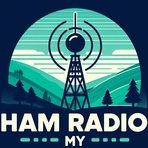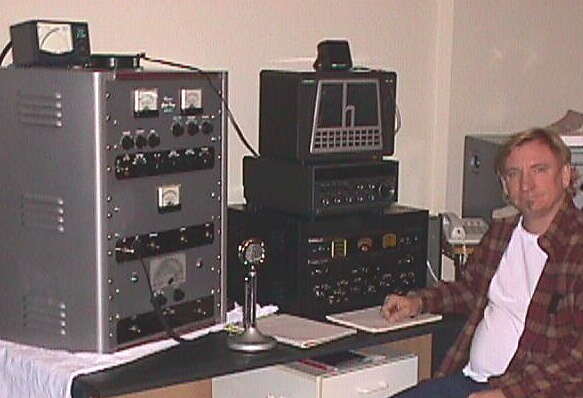Introduction to Amateur Radio
Amateur radio, often referred to as “ham radio,” is a hobby and service that allows individuals to communicate with others around the world using designated radio frequencies. It’s a diverse community of enthusiasts who share a passion for radio technology, experimentation, and communication. While often overshadowed by modern communication technologies, amateur radio has a rich history and continues to play a vital role in global communication networks.
The Birth of Amateur Radio: Pioneering the Wireless Frontier
Early Experiments
The roots of amateur radio trace back to the late 19th and early 20th centuries when pioneers like Guglielmo Marconi and Nikola Tesla made groundbreaking discoveries in wireless communication. Amateur radio operators were among the first to explore these new technologies, experimenting with antennas, transmitters, and receivers to communicate over increasingly longer distances.
World War I and Beyond
During World War I, amateur radio operators played a crucial role in maintaining communication when traditional channels were disrupted. Governments recognized the value of amateur radio and began issuing licenses to regulate the growing number of enthusiasts. After the war, amateur radio flourished as surplus military equipment became available, and radio clubs formed worldwide.
Amateur Radio: The First Hackers
Innovation and Experimentation
Amateur radio operators were the original hackers, pushing the boundaries of technology through experimentation and innovation. They built their own equipment, modified existing devices, and developed new techniques to improve communication. This culture of tinkering and exploration laid the groundwork for the hacker ethos of today, emphasizing creativity, collaboration, and curiosity.
Community and Collaboration
Amateur radio has always been an open-source movement, with operators freely sharing knowledge, designs, and ideas. Online forums, mailing lists, and amateur radio clubs serve as hubs for collaboration and knowledge exchange. This spirit of openness and inclusivity has fostered a vibrant community that welcomes newcomers and encourages learning and growth.
Contributions to the World
Emergency Communication
One of the most significant contributions of amateur radio is its role in emergency communication. During natural disasters, conflicts, and other crises, amateur radio operators provide vital communication links when conventional systems fail. Their ability to establish networks quickly and operate under adverse conditions has saved lives and facilitated disaster relief efforts around the world.
Advancements in Technology
Amateur radio has been a catalyst for technological innovation, driving advancements in radio frequency engineering, signal processing, and digital communication. Many modern technologies, such as GPS, satellite communication, and software-defined radio, have roots in amateur radio experimentation. The amateur radio community continues to push the boundaries of technology, exploring new modes of communication and pushing for spectrum access for experimentation.
Education and Outreach
Amateur radio serves as a platform for education and outreach, inspiring future generations of scientists, engineers, and innovators. Amateur radio clubs, school programs, and youth initiatives introduce young people to the wonders of radio technology and provide hands-on learning experiences. Through licensing exams, mentoring programs, and educational resources, amateur radio fosters a culture of lifelong learning and skill development.
Current Status of Amateur Radio
Global Community
Despite the proliferation of modern communication technologies, the amateur radio community remains strong and vibrant. With millions of licensed operators worldwide, amateur radio continues to attract enthusiasts of all ages and backgrounds. Advances in digital modes, satellite technology, and portable equipment have expanded the hobby’s reach and appeal.
Challenges and Opportunities
While amateur radio faces challenges such as spectrum congestion and regulatory constraints, it also presents opportunities for growth and innovation. The rise of digital communication modes, the development of low-cost equipment, and the integration of amateur radio into STEM education programs are driving factors for the hobby’s continued relevance and evolution.
Future Prospects
As we look to the future, amateur radio is poised to play a vital role in shaping the next generation of communication technologies. With its rich history, culture of innovation, and global community, amateur radio remains a beacon of exploration and discovery in the ever-evolving world of wireless communication.
Conclusion
Amateur radio stands as a testament to the power of human ingenuity and curiosity. From its humble beginnings as an experimental hobby to its present-day role as a global community of communicators, innovators, and educators, amateur radio has left an indelible mark on the world. As we celebrate its past achievements and look towards the future, one thing remains clear: amateur radio will continue to inspire, connect, and empower individuals for generations to come.

